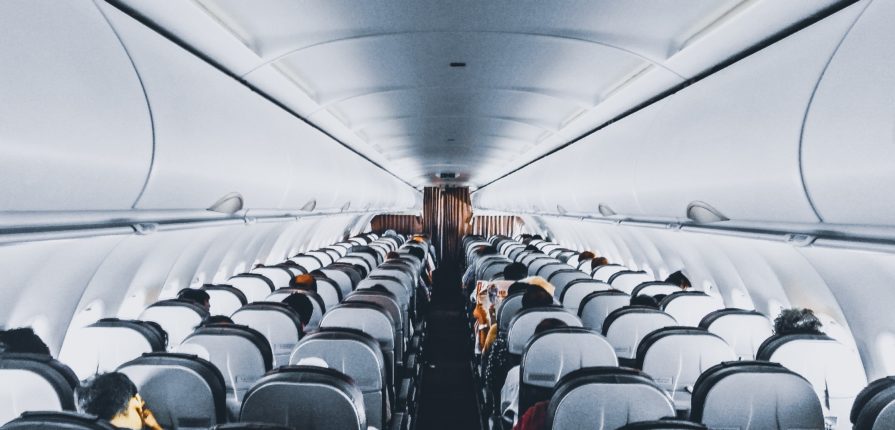Flying with your musical instrument should be a smooth affair. Read these handy tips from the Incorporated Society of Musicians to prepare for your flight!
—–
Monday, December 22nd
1. Check the airline’s hand luggage policy
Before flying, check the airline’s policy on hand luggage, and where possible, try to get written confirmation that you can take your instrument on board.
2. Pack your instrument in a hard case
Even if you’re taking it as hand luggage, flimsy instrument bags are a no-go. Hence, invest in a sturdy case to reduce the risk of damage when traveling.
3. Remove all other items from the case
It might not seem like it, but things moving around in your case can severely damage your instrument. Thus, please make sure no item other than the instrument and its accessories are in the case before travel.
4. Loosen the strings (if it applies)
If your instrument has strings, loosen them a tone or two to allow for temperature changes, this will ease any tension on the instrument’s neck and prevent crevasses.
5. Make sure your musical instrument is ready to go through security checks
Do a little research on airport and travel regulations, so you know what to expect and how to comply with all airport policies.
6. Place ‘Fragile’ stickers on the case
Add a few “fragile” stickers to your case, especially if you check it as baggage. Then, it is a lot less likely that your instrument will get pushed around with them. Plus, make sure your contact information is also clearly visible on your case if anything were to go wrong.
7. Bring documentation
If you are traveling with instruments made of rare materials, especially to the USA, be sure to read up on CITES and prepare the relevant documentation and permits you need.
—–
This article is a re-post, with minor modifications, of “10 tips for flying with your musical instrument,” an article published on classicfm.com


